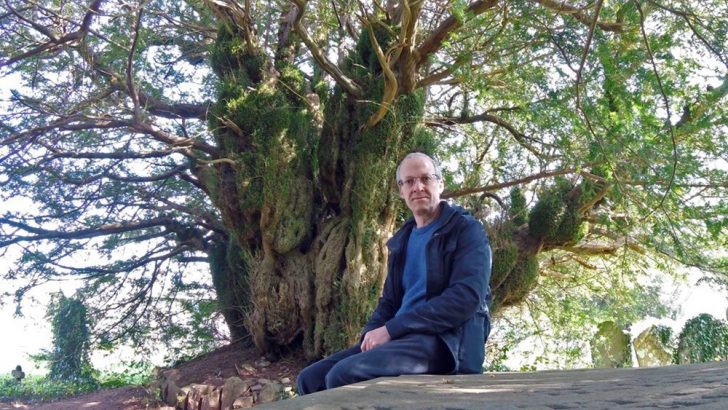The Naked Hermit: A journey to the heart of Celtic Britain
by Nick Mayhew-Smith (SPCK, £19.99)
Readers may recall a six-part television series Britain’s Holiest Places from about seven years ago. This was presented by Nick Mayhew-Smith who had written the book that inspired the programmes of the series.
Here, however, he deals with a period what will immediately engage the attention of Irish readers covering as he does people and places in the Celtic realms during that enigmatic period of transition from the old religions into an accepted Christianity.
He tried to recapture the era through personal experiences, by following the steps of the religious figures of the day, even to the extent of wading naked into the sea to pray, the physical experience serving to heighten his mystical encounter.
Familiar
Here we are familiar at Croagh Patrick and Lough Dreg, of such penitential forms of devotion. But Nick Mayhew-Smith delves much deeper and suggest that at the heart of Celtic ideas was also a deep engagement with God through creation itself.
A lay minister with a degree in theology, Mayhew-Smith is largely interested in the interaction of prayer and the natural creation around us. The advantage for Irish readers, however, is that though he discusses some Irish scenes, most of the book is devoted to Scotland, Wales and England, and events less well known on this side of the Irish sea.
Here among the Celtic and later the Anglo-Saxon saints and holy people is able to integrate with a sort of primal Christianity. This book is something of an adjunct rather than a sequel to his earlier book. That concentrated on places, this book deals with ideas. He builds on what he had previously written to go deeper into their actual beliefs and experiences.
In keeping with our own heighted awareness of the world (illustrated by the Green tide that has just swept over Europe) this is not a retrospective book at all, but a book that helps open portals into the future, not just of the environment, but of religion and faith itself.
Many years ago there were those who used to make fun of those they called ‘Blue Domers’, who claimed it was better to spend a day of worship not in church but in the open countryside. Perhaps they had a point. We cannot lose the community aspect of religion – being a hermit is a personal experience – but something is also owed to those we live with and among.
This is a book filled with detail, the result of wide reading and absorbed study. But in the last pages of the last chapter he describes what he saw and felt on the last night of his journey in St Ninian’s cave at Whitethorn in Galloway, Scotland.
He has no desire to provide definitive answers; that is for the reader to do. What he tries to do is to draw his readers to share some of his experiences by following his example.
This is a most moving and informative book. Perhaps a book of the future. Let us hope so.


 Peter Costello
Peter Costello Author Mayhew-Smith under St Cynogs yew, Powys. Photo Credit: N. M-Smith.
Author Mayhew-Smith under St Cynogs yew, Powys. Photo Credit: N. M-Smith. 